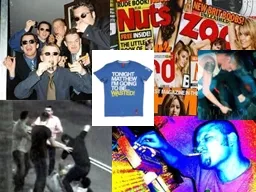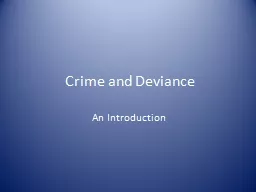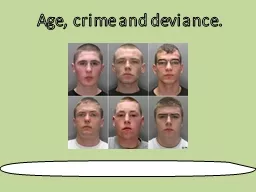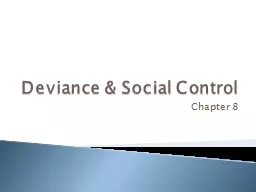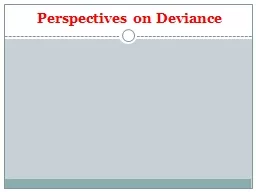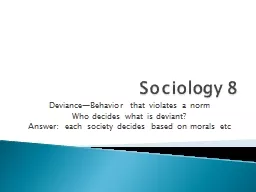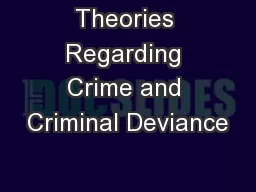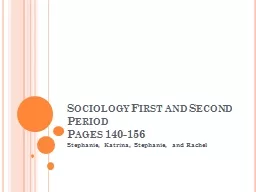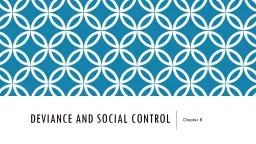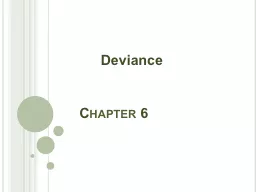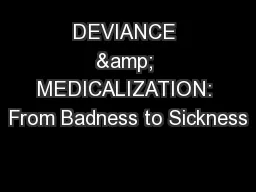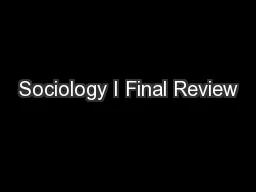PPT-Crime and Deviance Chapter ?: Role of Media
Author : lois-ondreau | Published Date : 2018-10-20
2 Wednesday 31 October 2012 Crime as a Postmodern Spectacle KiddHewitt and Osborne 1995 see media reporting of crime increasingly driven by the need for a spectacle
Presentation Embed Code
Download Presentation
Download Presentation The PPT/PDF document "Crime and Deviance Chapter ?: Role of Me..." is the property of its rightful owner. Permission is granted to download and print the materials on this website for personal, non-commercial use only, and to display it on your personal computer provided you do not modify the materials and that you retain all copyright notices contained in the materials. By downloading content from our website, you accept the terms of this agreement.
Crime and Deviance Chapter ?: Role of Media: Transcript
Download Rules Of Document
"Crime and Deviance Chapter ?: Role of Media"The content belongs to its owner. You may download and print it for personal use, without modification, and keep all copyright notices. By downloading, you agree to these terms.
Related Documents

